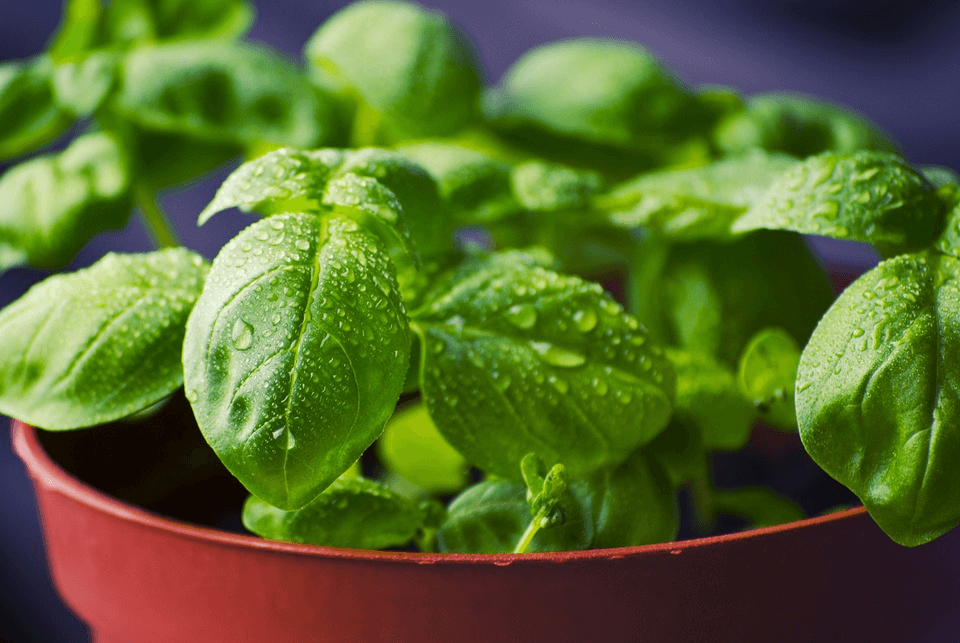
If you’re looking to add fresh flavor and a splash of something special to your home-cooked meals, growing herbs at home is a great way to do it. Whether they are used in popular dishes or as part of herbal remedies, having access to fresh herbs can give you greater control over what goes into your food. Growing herbs isn’t just easy and fun, it’s also surprisingly economical. There are lots of tips and tricks involved with cultivating gardening success. Here are things that all aspiring herb growers need to know before getting started with their herb garden.
Herbs Thrive Under a Lot of Sun
Most plants need lots of sun to thrive, and herbs are no exception. To keep your plants healthy, place your herb garden or container in a spot with at least six hours of direct sunlight daily. If you don’t have an area like this at home, try investing in LED grow lights or other artificial light sources.
You’ll also want to avoid placing your herbs near overhanging trees, which can hurt their growth. A sunny spot is essential for happy and healthy herbs. Window sills are a great option if you want to plant your herbs indoors. Growing herbs on your home office window sill can bring natural beauty and life to your space. The scents of rosemary, thyme, and other herbs can help you stay focused and productive.
Watering Regimens Vary with Different Plants
Different herbs require different amounts of water, so you’ll need to know what your plants need before you water them. Some herbs, like oregano and thyme, need more water than others. Others, like rosemary and sage, require less hydration. Make sure you know what each of your plants needs so that you can give them the proper amount of care. You can get the herbs you need from companies like Herb Cottage which have a wide selection of herbs.
The best way to test how much water your plants need is by giving them a good soak and then checking the soil’s moisture level with your finger. If the soil feels damp, wait until it dries out before watering again – overwatering can be just as harmful as underwatering!
Let Soil Temperature Determine When You Plant
Herbs need warm soil temperatures to grow, so you’ll want to wait until the ground is sufficiently warmed up before planting. The ideal temperature range for most herbs is between 65 and 75 degrees Fahrenheit. If your area has a mild climate, you can start planting in early spring; if it’s colder, you may have to wait a few more weeks.
For best results, start your herbs indoors and then transfer them outside once the temperature is suitable. This will give your plants a head start on their growth cycle. Giving seedlings extra protection from the elements, such as plastic netting or a cold frame, is also a good idea. A cold frame is an enclosed garden bed that keeps the soil warm and protects plants from wind, rain, and other extremes.
Garden Maintenance Is Crucial
While herbs are generally easy to care for, they require regular maintenance. Remove weeds as soon as you see them, and keep your garden bed debris-free. You should also prune any dead or overgrown branches to encourage healthy growth.
To ensure that your herbs stay in tip-top shape, inspect them regularly for signs of pests or disease. If you notice any issues, address them immediately before they become a bigger problem. Indoor herb gardens also need some TLC. Ensure you rotate your plants occasionally to ensure even sun exposure and provide the right amount of light, water, and nutrients to keep them healthy.
Harvesting Herbs Is Easy
Although harvesting herbs may seem intimidating, it’s pretty simple. To harvest, gently snip off the top portion of the herb plant and discard anything that looks diseased or damaged. For most herbs, you’ll want to wait until they’re mature enough before you start picking – this usually takes 6-8 weeks.
Once you’ve harvested your herbs, use them immediately for maximum flavor and freshness. If you have leftovers, store them in a cool, dry place or preserve them for future use. Drying is one of the most popular methods of preserving herbs – lay the leaves on a paper towel for about two days or until they’re completely dry.
Companion Planting Is a Smart Strategy
Companion planting is an old gardening technique that involves placing certain plants near one another to promote better growth. This method works best with herbs, as some are natural repellents for pests and can help ward off disease from neighboring plants. For example, planting chives near your tomatoes can help protect them from certain types of blight. Basil also works well as a companion plant, and it’s known to protect against aphids and other harmful bugs. Marigolds are another great option, they produce a natural pest repellent that can help keep your herb garden safe from unwanted visitors.
Knowing how to grow herbs is essential for any gardener. With the proper knowledge and a little effort, you can create a thriving herb garden that will provide fresh ingredients for years. Practice patience, follow these tips, and enjoy the rewards of your hard work.
Emily Hawthorne
Related posts
Stay connected
Today's pick
- Things to Remember While Designing Your Custom Modular Kitchen in GurgaonGurgaon now known as Gurugram is the second largest city in the state of Haryana and is a reflectiossn of an ideal modern city with futuristic goals. Witnessing rapid urbanization, it has also emerged as a hub for contemporary homes, with homeowners seeking innovative and... The post Things to Remember While Designing Your Custom Modular […]
